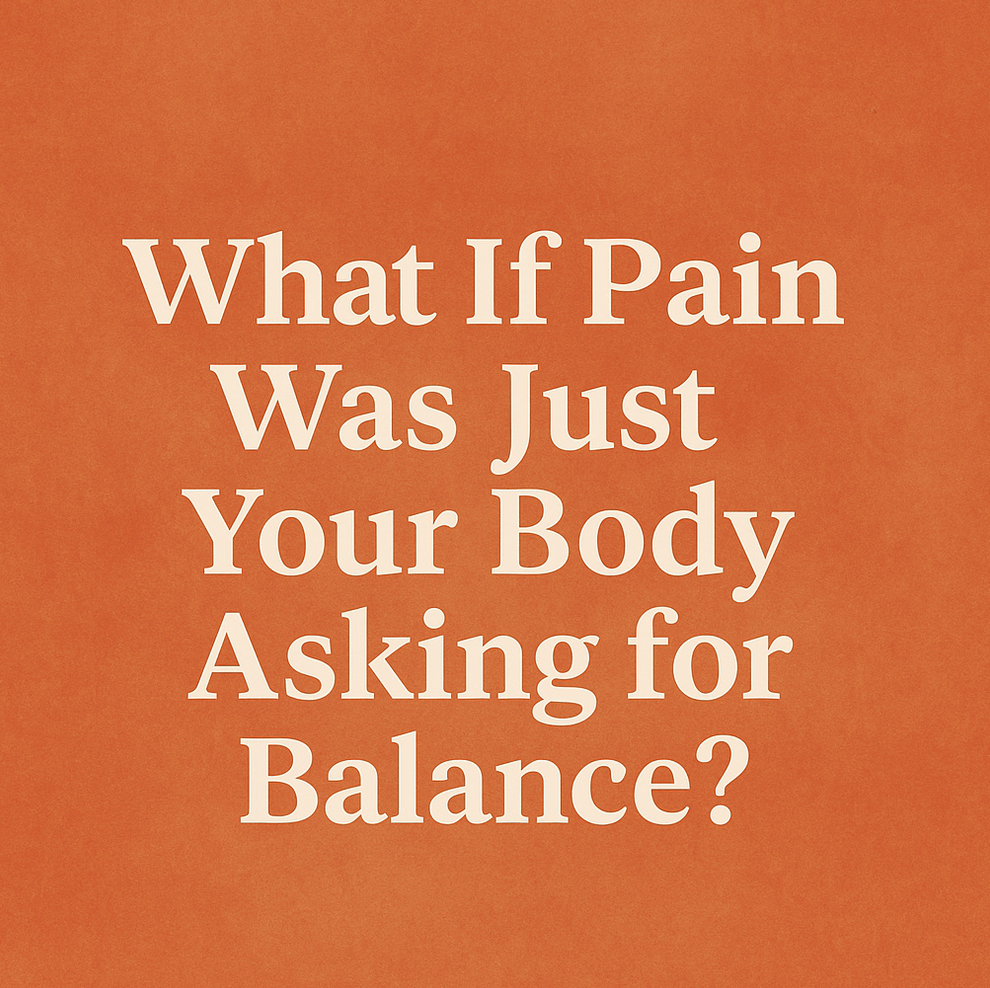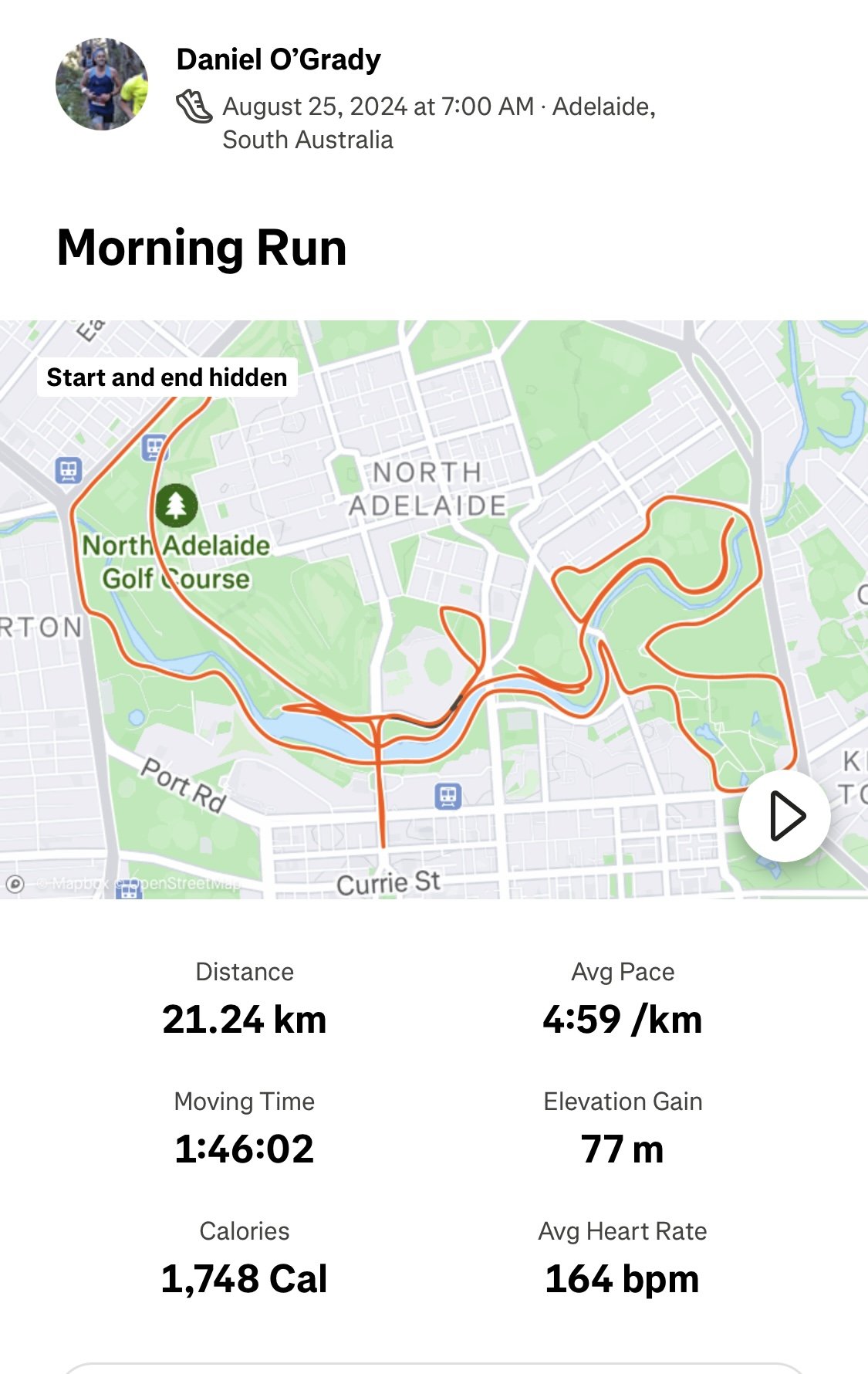Hamstring Tendinopathy
Hamstring tendinopathy pain is common in distance runners who have increased their load (e.g. speed, hills or distance) too quickly.
It is also common in yoga practitiones, fast walkers and middle aged women. Long periods of sitting can also be a cause in some people.
Often minor symptoms gradually turn into something more serious that starts to limit your activity and you start to worry if you're doing more damage to the tendon, or possibly even rupturing it.
Common symptoms of hamstring tendinopathy pain include:
pain and stiffness in the back of the hip and thigh (particularly in the morning)
pain when you first start running that tends to improve or disappear after you warm-up
often there is a 24 hour delay where you will feel pain the day after you've exercised
pain with sitting and driving
Commonly hamstring tendon problems arise due to training errors, poor shoe selection or under-recovery (e.g not getting enough protein).
Several biomechanical factors have been associated with hamstring tendinopathy including increased anterior pelvic tilt, and poor running technique (e.g. overstride, excessive heel strike in midstance). Some evidence also suggests a link between reduced gluteal strength and hamstring problems.
Treatments that we know don't work:
complete rest
excessive stretching
cortisone injections
surgery
How we help you:
Give you an accurate diagnosis and identify relevant contributing factors
Bring rapid relief through the use of innovative manual therapy techniques (that don't involve medication or surgery)
Educate and empower you to keep your hamstrings healthy in the long run with a personalised home exercise program
Stage 1: Diagnose
The involves a 1 hour Initial Assessment, involving taking a full history, movement screening and testing your current capacity. We aim to address all of the contributing factors that may be limiting your ability to get better. After your assessment, we'll formulate a personal rehabilitation plan to address your needs and you'll receive a detailed written report.
Stage 2: Treat
This stage involves a short burst of treatment to decrease pain and inflammation as well as prepare the muscles and hamstring tendon for the most important stage 3. This may involve a combination of massage, dry needling, home exercises and taping.
Stage 3: Re-Load
This stage is the most critical for the long term health of your hamstring. We work with you closely to build a personalised re-loading program (with videos delivered to your smartphone via our PhysiApp). This stage involves successfully transitioning you back to your chosen sport or exercise you love.
Don't delay your treatment...
The occasional ache or pain may be nothing to worry about, but failing to pay attention to strong pain may end up causing you a lot of problems in the future. If hamstring pain is reducing your ability to take part in the activities your normally do, then it is time to get it looked at. In general, hamstring pain that is affecting your life is a sign that something is wrong.
A serious problem will not correct itself, and left untreated, can result in more pain and irreversible damage.
Bookings:
If you think we are the right fit for you and you wish to get relief right away, use our simple online booking system to make an appointment. If you would prefer to speak to us directly, call us 1300 657 813
Dan O'Grady is a results driven qualified Physiotherapist and member of the Australian Physiotherapy Association. Dan has a special interest in treating runners with hamstring tendon pain. He has been working in private practice for 15 years and is passionate about helping people to move better, feel better and get back to doing what they love.
















